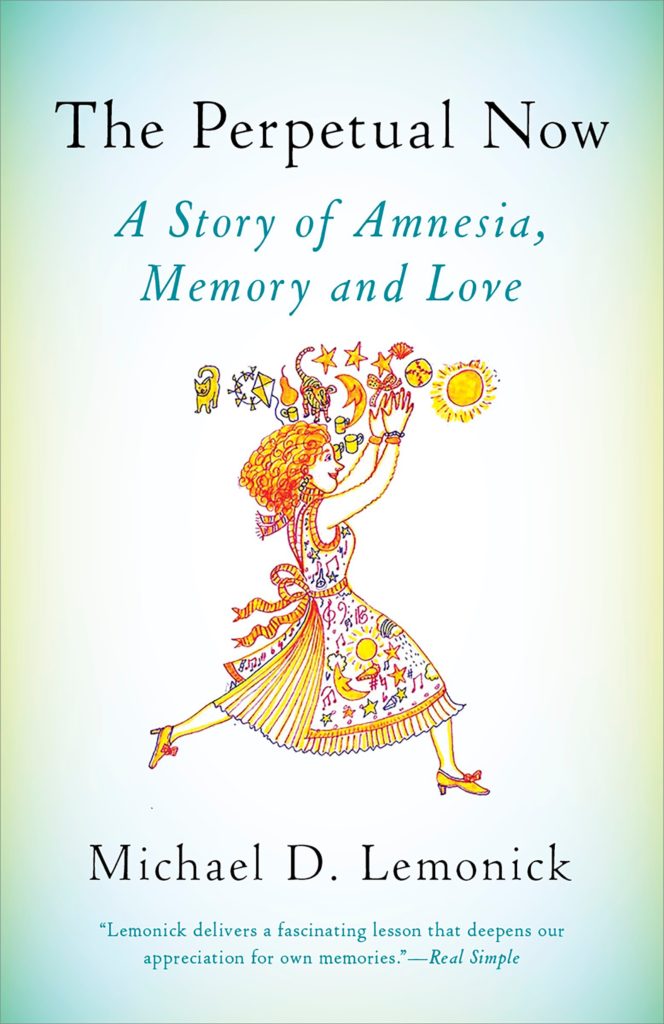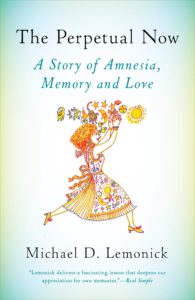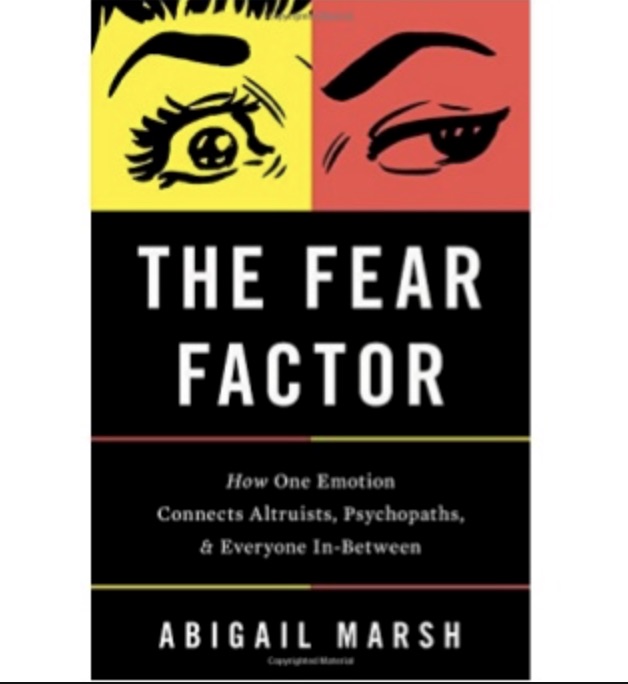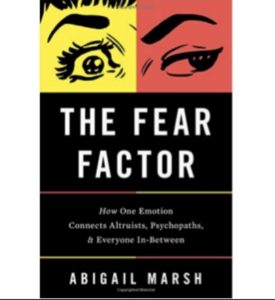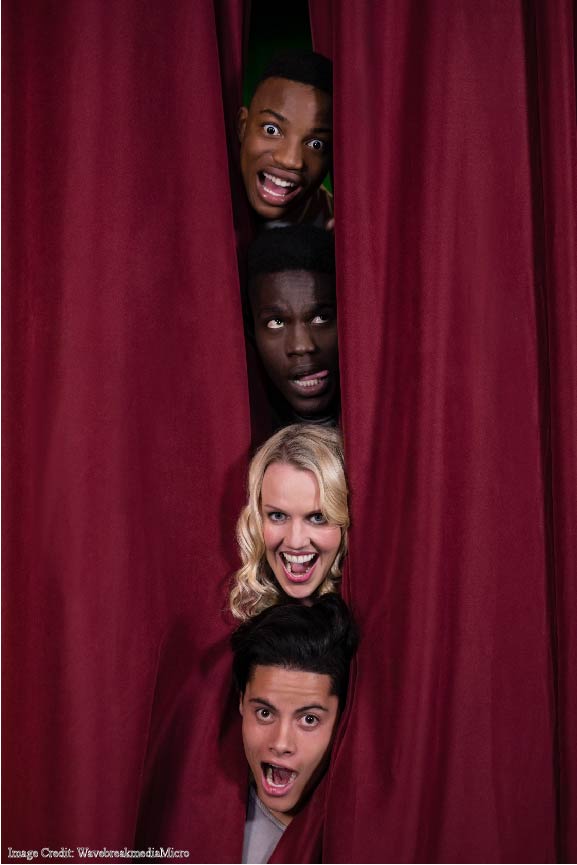Here on the blog, I write A LOT about the benefits of “retrieval practice.” (For example: here and here.)
In brief: our students often review by trying to put information into their brains. That is: they “go over” the material.
However, they learn more if — instead — they review by trying to pull information out of their brains. That is: they fill in blanks on Quizlet, or use flashcards, or outline the chapter from memory.
AT THE SAME TIME…
I also write about the importance of “boundary conditions.”
A particular research finding might be true for this group (say, college students learning chemistry) but not that group (say, 3rd graders learning spelling rules).
So, I really should ask myself: what are the boundary conditions for retrieval practice?
Retrieval Practice Limitations?
In the first place, retrieval practice has become so popular because it works so well in so many circumstances.
It helps 2nd graders and adult learners.
It helps with declarative knowledge and procedural knowledge.
And, it helps Red Sox fans and Dodgers fans. (I might have made that one up.)
However, I have recently seen research into two retrieval practice limitations, and I think they’re important for teachers to keep in mind.
“Narrow” vs. “Broad” Learning
Researcher Cindy Nebel (nee Wooldridge) wanted to know if retrieval practice helps students learn only the information they retrieve. That is, it might have a narrow, focused effect.
Or perhaps it helps students remember ideas related to the information they retrieve. Retrieval of one memory might broadly influence other memory networks.
In my geography class, for instance, students might learn that the capital of Egypt is Cairo, and that its main economic drivers are tourism and agriculture.
I encourage my students to make flashcards to help them remember capitals. When a student looks at her Egypt flashcard, will remembering its capital (“Egpyt!”) help her remember its main industries as well? Or, does it help consolidate only that specific memory network?
Alas, according to Nebel’s research, RP has a “narrow,” not a “broad” effect. It helps students remember the specific information they retrieved, but not related concepts.
Practically speaking, this finding suggests that we should be sure to tailor retrieval practice exercises quite precisely to the specific memory we want students to form. A question about triassic fossils won’t necessarily help them recall specifics about the end of the cretaceous era.
If we want them remember asteroid impacts, we should use RP to foster those memories.
Question Difficulty, Difficult Questions
A more recent study has looked at other retrieval practice limitations: fluid intelligence, and question difficulty. This research is still behind a paywall, and so I haven’t looked at the specifics.
The abstract, however, suggests that — especially on difficult items — students with relatively low fluid intelligence might benefit more from review than RP.
This research finding raises several questions: how, precisely, do we measure question difficulty?
And: how much stock do we want to put into measures of fluid intelligence?
Classroom Decisions
As always, the question comes down to this: “what should I, as the classroom teacher, actually do?”
Based on this research, I think we can reach a few clear conclusions:
In many circumstances, retrieval practice helps students remember more than simple review.
As much as possible, we should ensure that we have students retrieve the precise information (or process) we want them to remember. Nearby questions might not help enough.
When working with difficult material, or with students who really struggle in school, we should keep an open mind. Try different learning strategies, and see which ones prove most effective with this student right here.
I’ll keep you posted as I read more about boundary conditions for retrieval practice.




